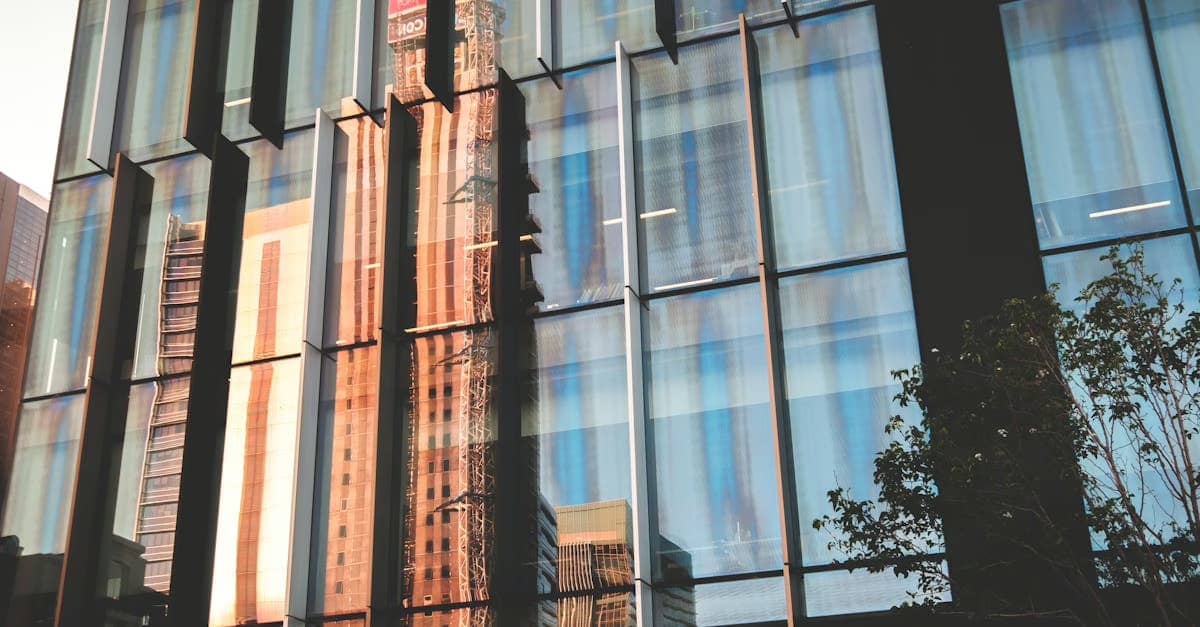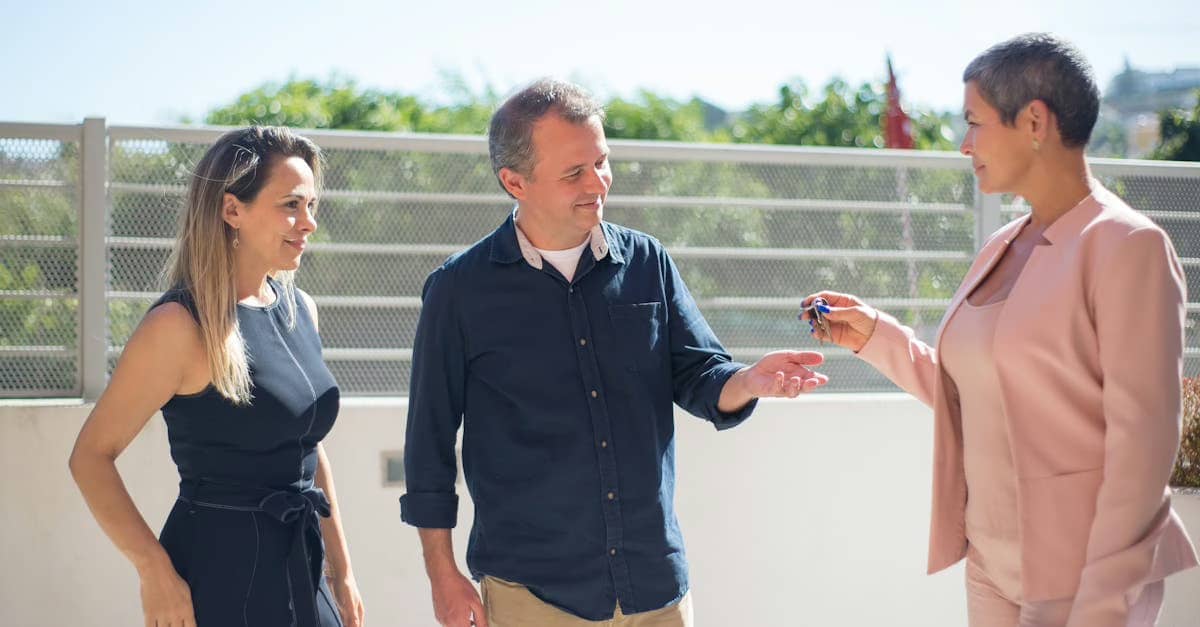How Real Estate Shapes Arts and Culture: Insights for Brokers
How Real Estate Shapes Arts and Culture is a fascinating topic, one I observed firsthand during my time as a Realtor. For real estate brokers, understanding this dynamic isn’t just academic; it presents unique operational challenges, from navigating zoning in arts districts to valuing properties near cultural landmarks. A key pain point lies in tracking the intangible value that proximity to vibrant arts scenes adds and ensuring compliance when dealing with historic properties often repurposed for cultural use. Efficiently managing these nuances requires a back office that can handle complexity, a challenge many brokerages face without the right tools.
Understanding the Symbiotic Relationship
The relationship between real estate and arts and culture is deeply symbiotic. Real estate development can create the physical spaces necessary for artistic expression – studios, galleries, theaters, performance venues. Conversely, a thriving arts and culture scene can revitalize neighborhoods, attracting residents, businesses, and investment, thereby increasing property values and shaping the local real estate market. This interaction demonstrates precisely How Real Estate Shapes Arts and Culture.
The Role of Development in Fostering Creative Hubs
Developers often play a crucial role in creating or enhancing cultural areas. Repurposing industrial buildings into loft apartments and studio spaces, or incorporating public art and performance spaces into new urban projects, directly contributes to the growth of creative communities. This kind of development, while exciting, requires careful navigation of zoning laws, historical preservation guidelines, and community interests, adding layers of complexity to transactions. Real estate broker compliance becomes paramount here, ensuring all local ordinances are met, especially when dealing with properties that have cultural significance.
Historic Properties and Cultural Preservation
Historic properties often become cornerstones of arts and culture districts, housing galleries, theaters, or non-profit arts organizations. Their preservation and adaptive reuse present unique real estate challenges and opportunities. Valuing such properties requires considering not just physical attributes but also historical significance and community impact. Brokers and agents need robust transaction coordinator tools to manage the detailed paperwork and compliance requirements associated with these unique assets. The need for specialized knowledge and diligent process management in these niche markets highlights operational demands.
Artist Spaces and Affordability
A critical factor in maintaining vibrant arts scenes is the availability of affordable space for artists to live and work. Rising property values, often a result of successful cultural revitalization, can paradoxically push artists out. This tension between development and affordability is a constant challenge in culturally rich urban areas. Understanding these market pressures is vital for brokers advising clients, whether they are artists seeking space, developers planning projects, or investors looking at long-term value. This demonstrates another dimension of How Real Estate Shapes Arts and Culture.
Practical Tips for Brokers in Culturally Rich Markets
For real estate brokers operating in areas where arts and culture significantly impact the market, efficient back-office operations are key to success. Navigating the unique aspects of these markets, from community engagement to specialized property types, requires time and precision. Leveraging technology like AI transaction coordinators and virtual assistants for real estate can free up valuable time, allowing brokers and agents to focus on building relationships and understanding the market nuances that influence property values and community dynamics.
Implementing smart back office solutions enables brokerages to handle the increased complexity that comes with transactions involving historic properties, mixed-use arts spaces, or properties impacted by specific cultural zoning. Workflow automation tools can streamline the documentation process for properties with unique covenants or historical society requirements, reducing the risk of compliance issues.
Actionable Tips for Your Brokerage:
- Develop expertise: Train your agents on the specific zoning laws and historical preservation guidelines in local arts and culture districts.
- Leverage Technology: Implement AI transaction coordinators to automate paperwork and compliance checks for complex transactions.
- Utilize Virtual Assistants: Employ virtual assistants for real estate to research local cultural initiatives, track community development projects, and manage communications related to properties with cultural significance.
- Enhance Data Tracking: Use a robust CRM to track interactions with local arts organizations, community leaders, and clients interested in properties within cultural hubs.
- Streamline Compliance: Utilize agent-broker compliance monitoring tools to stay updated on regulations relevant to historic properties and arts-related zoning.
Why This Matters Operationally and Financially
The operational and financial importance of understanding How Real Estate Shapes Arts and Culture cannot be overstated for a brokerage. Mismanaging transactions in culturally sensitive or historically significant areas can lead to costly compliance violations, delayed closings, and damage to the brokerage’s reputation. Furthermore, accurately valuing properties in these dynamic markets requires a deeper understanding than standard comps might provide; failing to capture the ‘cultural premium’ or understand potential restrictions can impact deal success and profitability.
Efficiently handling the unique administrative burden associated with these properties through real estate automation not only mitigates risk but also improves profitability. Reduced errors, faster processing times, and freeing up agents to focus on client relationships directly contribute to the brokerage’s bottom line. A smart back office equipped with transaction coordinator tools is an investment in handling market complexity effectively, turning potential pain points into opportunities for specialized service.
Key Points
How Real Estate Shapes Arts and Culture involves development, preservation, and affordability. Brokers need efficient operations, AI transaction coordinators, and virtual assistants for real estate to navigate complex zoning, historic properties, and cultural value effectively, ensuring compliance and maximizing opportunities in these unique markets.
FAQs
How does real estate development affect arts districts?
Development can provide new spaces for artists and organizations but may also lead to gentrification and displacement if not managed thoughtfully.
What are the compliance challenges with historic properties?
Historic properties often have strict preservation guidelines, requiring specific permits, materials, and review processes for renovations or changes.
Can a brokerage use technology to track cultural market trends?
Yes, a smart CRM and virtual assistants can help research and track local cultural events, new openings, and community initiatives impacting property values.
How do AI transaction coordinators help with unique properties?
They can automate document management, track deadlines, and flag specific requirements related to historic designations or special zoning.
Why is understanding arts and culture important for property valuation?
Proximity to vibrant arts and culture can enhance a property’s desirability and market value, creating a ‘cultural amenity premium’.
Resources
ReBillion.ai Blog: Insights for Brokers
Learn About AI Transaction Coordinators
Explore Virtual Assistants for Brokerages
ReBillion.ai Transaction Coordination Solutions
Conclusion
The intricate dance of How Real Estate Shapes Arts and Culture presents both exciting opportunities and operational hurdles for real estate brokers. From preserving historic gems to fostering new creative spaces, navigating these unique markets requires a blend of market knowledge and operational excellence. By embracing automation and smart tools, brokerages can efficiently manage the complexities, ensuring compliance and freeing up valuable resources to truly understand and capitalize on the cultural heartbeat of their communities.
ReBillion.ai helps real estate brokers streamline operations with AI-powered transaction coordination, virtual assistants, and intelligent back-office automation. Whether you’re scaling your team or closing more deals, ReBillion.ai is built to simplify your brokerage’s compliance, efficiency, and growth. Visit ReBillion.ai to explore solutions or schedule a consultation.


